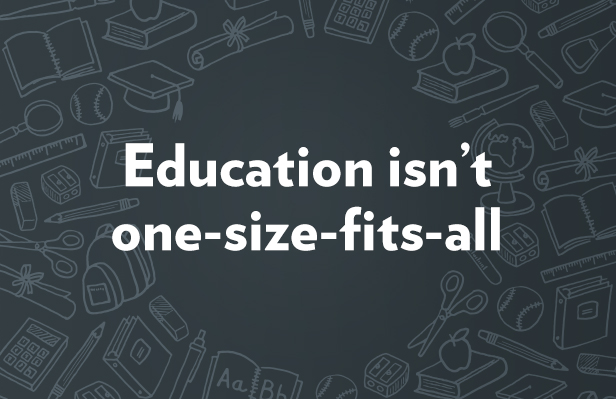Media

Public Remains Supportive of School Choice
That’s the upshot of the 10th annual public opinion survey from Education Next, which covers a range of topics including school choice, school spending, personnel policy, testing, and accountability. The entire poll results are worth reading—check out the interactive results from 2016, as well as trends over the last decade—but here are a few key findings.
On the topic of school choice:
- Tax credit scholarships are favored 53-29 by the general public, 64-17 by African Americans, and 60-25 by parents. Tax credit scholarships, including Pennsylvania’s Educational Improvement and Opportunity Scholarship Tax Credits, are the most popular school choice mechanism.
- The general public supports charter schools by a 51-28 margin, including 45-33 among Democrats.
- Support for both means-tested and universal vouchers is slightly greater among Democrats than Republicans. Hispanics support universal vouchers 57-24.
Regarding school spending:
- The general public underestimates the average amount spent on children in public schools, which mirrors the experience in Pennsylvania. When asked to estimate the per-pupil cost, respondents guessed $8,500. The actual average is more than $12,000.
- The general public estimates the average yearly teacher salary is roughly $40,000, which is 30 percent below the actual average teacher salary ($58,000) reported by the National Education Association. Even teacher respondents underestimate average teacher salaries—they guessed $46,000.
Finally, on personnel policy:
- 62 percent of the public supports “basing part of the salaries of teachers on how much their students learn,” also known as merit pay. Only 20 percent of teachers are supportive of merit pay.
- Support for teacher tenure has declined by 10 percentage points since 2013, with the general public opposing teacher tenure 54-28.
- By a margin of 44-35, the public opposes agency fees—which require non-union members to nonetheless pay roughly 80 percent of full-member dues to the union.
- The public is split, 33-32, on whether unions have a negative effect on public schools.